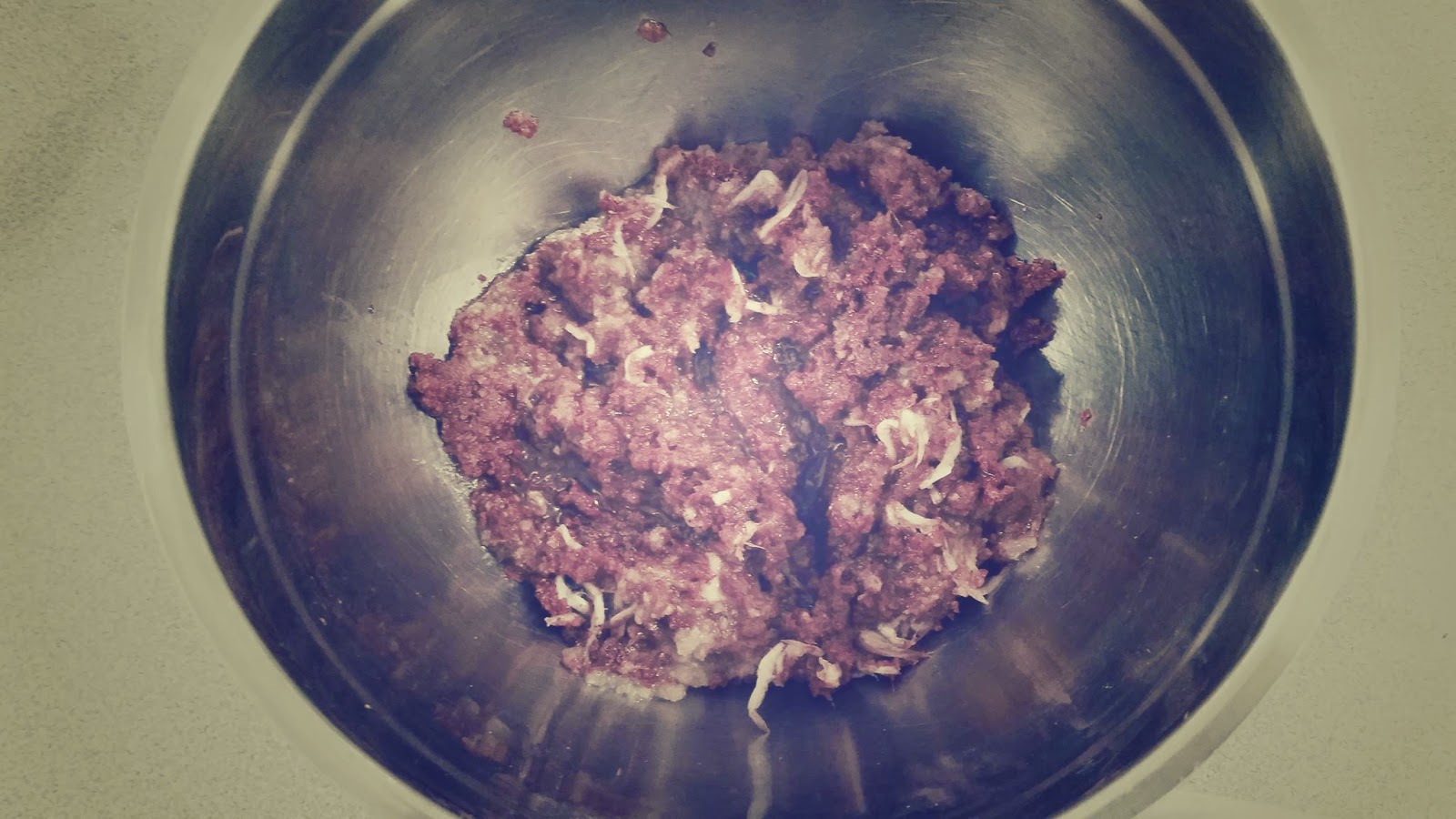The raw food product I have chosen is daikon radish. I have chosen
Radish Kimchi, (Kakdugi) and the fermentation method from Momofuku (p. 74).
Raw Food Product: Daikon Radish
Radish Kimchi
(Kakdugi)
Momofuku p. 74
This recipe follows the
criteria of a well-written recipe outlined in the Gisslen Professional Cooking
textbook. The recipe outlines the name of the recipe, the ingredients and exact
amounts as well as the exact description of the ingredients, directions for
preparing each ingredient, and directions for preparing the dish.
Ingredients
3 Medium or 2 Large
Daikon Radishes, peeled, any discolored portions trimmed away, and cut into ½
inch chunks for the cabbage.
2 Tablespoons kosher
or coarse sea salt
½ cup plus 2
tablespoons sugar
20 garlic cloves,
minced and 20 slices peeled fresh ginger, minced
½ cup kochukaru
(Korean Chile Powder)
½ cup fish sauce
¼ cup usukuchi (light
soy sauce)
2 teaspoons jarred
salted shrimp
½ cup 1-inch pieces
scallions (greens and whites)
 |
| Kimchi Radish Ingredients |
Recipe
1.
Cut
the daikon radish lengthwise in half, then cut the halves crosswise into 1-inch-wide
pieces. Toss the cabbage with the salt and 2 tablespoons of the sugar in a
bowl. Let sit overnight in the refrigerator.
 |
| Cut Daikon Radish into 1-inch-wide pieces |
2.
Combine
the garlic, ginger, kochukaru, fish sauce, soy sauce, shrimp and remaining ½ cup
sugar in a large bowl. If it is very thick, add water 1/3 cup at a time until
the brine is just thicker than a creamy salad dressing but no longer a sludge.
Stir in the scallions and carrots.
 |
| Combining Ingredients |
 |
| Stir in Scallions |
3.
Drain
the daikon radish and add it to the brine. Cover and refrigerate. Though the kimchi
will be tasty after 24 hours, it will be better in a week and its prime in 2
weeks. It will still be good for another couple weeks after that, though it
will grow incrementally stronger and funkier.
 |
| Daikon Radish and Brine Combined |
Kimchi is a fermented
cabbage or pickle dish similar to sauerkraut, as well as a main dish Korea. There
are three types of kimchi: Napa Cabbage Kimichi (Paechu Kimchi), Radish Kimchi
(Kakdugi), and Cucumber Kimchi (Oi Kimchi). Fermentation is the process where Kimchi
is produced, and key to its flavour. Once the fermentation
process has been completed Kimchi taste spicy due to the Korean Chile Powder
(Kochukaru) however, with the other ingredients in the brine the spicy portion
in the kimchi is balanced out. After two weeks of fermentation the bacteria that are fermenting
the kimchi start producing CO2 and the kimchi start to taste sour. Depending on the type of kimchi, once the
kimchi turns sour, it can be used in soups, like Kimchi stew or made into
Kimchi fried rice.

No comments:
Post a Comment